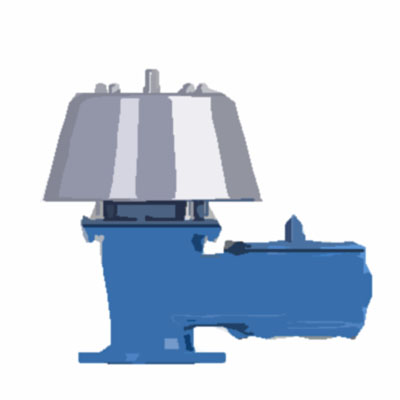Breather Valves
A breather valve, also known as a pressure/vacuum relief valve or a conservation vent, is a safety device commonly used in storage tanks, vessels, or other enclosed systems to prevent the buildup of excessive pressure or vacuum conditions.
The primary function of a breather valve is to maintain the desired pressure range within the storage tank or vessel, ensuring the structural integrity and safe operation of the system. It achieves this by allowing the controlled release of excess pressure or the ingress of air during vacuum conditions.
Here are the key components and features of a typical breather valve:
1. Valve Body: The valve body is the main housing of the breather valve, typically made of metal or composite materials. It houses the internal components and provides the necessary sealing to prevent gas leakage.
2. Pressure Relief Section: This section of the breather valve is responsible for relieving excess pressure within the tank or vessel. It consists of a pressure relief disk or pallet, which is designed to lift or open when the pressure exceeds the set limit. This allows the excess pressure to escape to the atmosphere.
3. Vacuum Relief Section: The vacuum relief section is designed to prevent the creation of a vacuum inside the tank or vessel. It consists of a vacuum relief disk or pallet that opens when a vacuum condition occurs, allowing air to enter and equalize the pressure.
4. Hinge Mechanism: The pressure and vacuum relief disks are typically attached to the valve body through a hinge mechanism. This allows them to move freely and respond to pressure or vacuum conditions.
5. Spring or Weight: A breather valve may incorporate a spring or weight mechanism to provide the required force for keeping the pressure relief and vacuum relief disks in the closed position. The spring or weight is calibrated to open the valve at the predetermined pressure or vacuum levels.
6. Screen or Filter: Some breather valves include a screen or filter element to prevent the ingress of dust, particles, or insects into the tank or vessel during pressure or vacuum relief.




